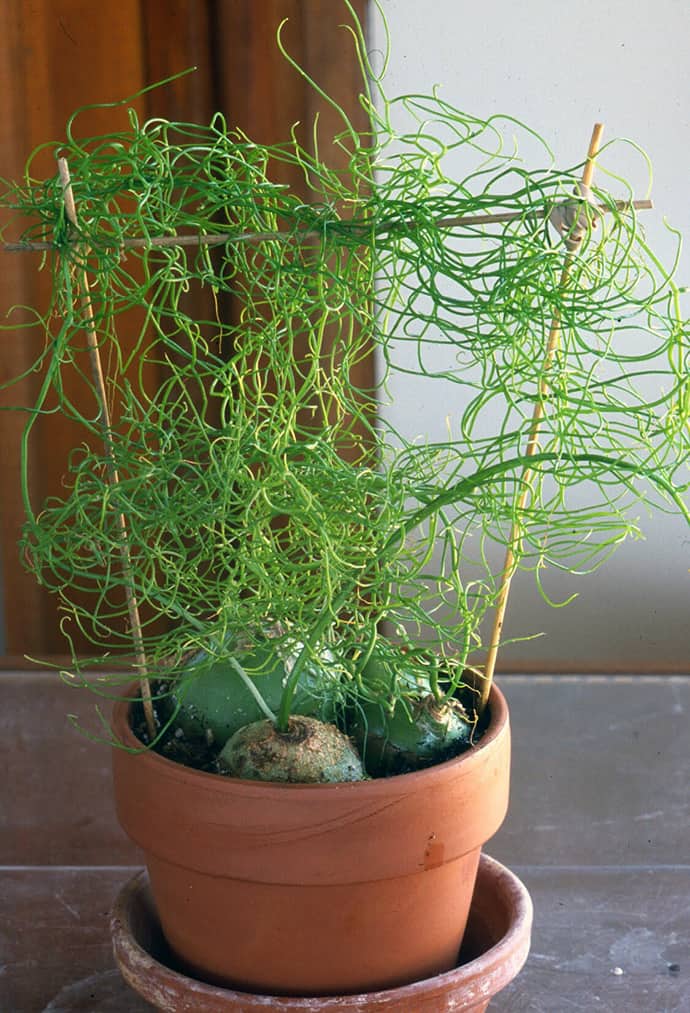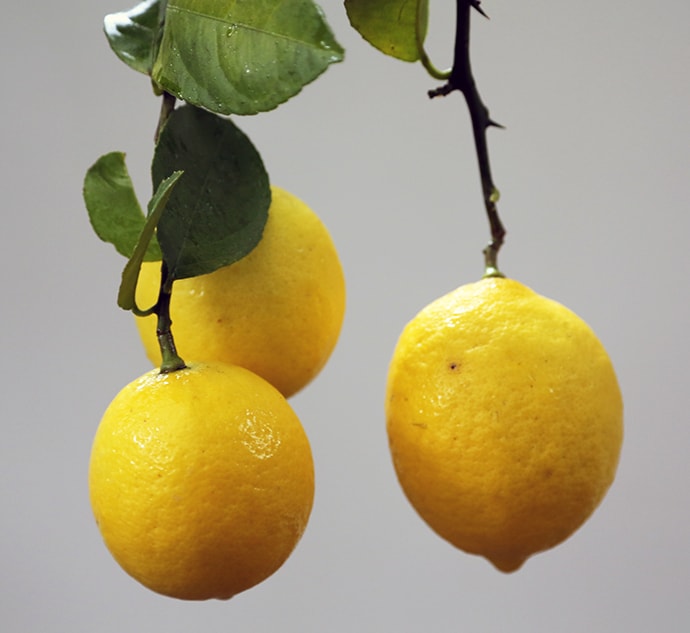Foraged Lemons, A Bees Point of View, and Pruning Roses
:30 Did You Know: Meyer Lemons might be foraged?
4:02 Eat/Drink/Grow: Making the bees happy with pollen and nectar.
14:40 Inside Information: There’s an easy to grow houseplant called the climbing onion. (aka Bowiea volubilis)
18:07 Love Letters and Questions: Sandy asks when roses should be pruned.
In this episode you’ll hear about how bees need both pollen and nectar, why you might be able to find Meyer Lemons without growing them, when roses should be pruned and a houseplant called “climbing onion.”
This podcast has been sponsored by our friends at American Meadows.
Use the code PODCAST19 for $5 off of an order of $40 or more from AMERICANMEADOWS.COM
Want to make Ellen’s Meyer Lemon Cake? The recipe is here.
Links to books we talked about…check them out!:
Buzz: The Nature and Necessity of Bees
Bees: An Identification and Native Plant Forage Guide

Ellen makes a meyer lemon cake that makes growing or foraging for this citrus almost a necessity.

Pussy willows are great early sources of pollen for bees. This is a great plant to put on the edges of your property.

Bowiea volubilis – the climbing onion multiplies!

Isn’t it magical to see a sprout of the vine coming out of the large bulb at the base? Bowiea volubilis, aka climbing onion is interesting and easy to grow.

This photo shows the red buds that tell you it’s time for roses to be pruned. See the grey end of the stem? That’s dead and should be pruned off. Some dead stems appear black – neither color have red buds on them.

When pruning roses cut off the old flowering stems and hips if they are still there. This entire end of the stem should be cut off in the spring.

As Ellen mentioned, sometimes we cut old canes down low to rejuvenate roses. This is a climbing rose, and the red marks show where it will be cut this spring. Such cutting of the thickest, oldest canes stimulates new growth from the base.


Just wanted you to know that I love your show. Both of you are so very good at what you do! I learn a lot while being entertained, and as soon as one episode is over, I can’t wait for the next! You cover a huge range of topics and even though you are far away from my western Kentucky gardens, there’s always useful and relevant info in your podcasts.
Thank you ladies, and keep up the good work!
Thanks so much, Jan, we love hearing that!
Can you please post the recipe for the Meyer lemon cake ? Thanks and love your show !
Donna – I’ll put this link on the show notes: https://www.backyardforager.com/meyer-lemon-cake-recipe/ – thanks for listening!
Donna – I’ll put this link on the show notes: https://www.backyardforager.com/meyer-lemon-cake-recipe/ – thanks for listening!
Guys, Thanks For sharing this Great Recipe. My Family Loved it. I am definitely sharing this recipe and this website with my friend. Hope they also love it. Thank you again for sharing such a great recipe.